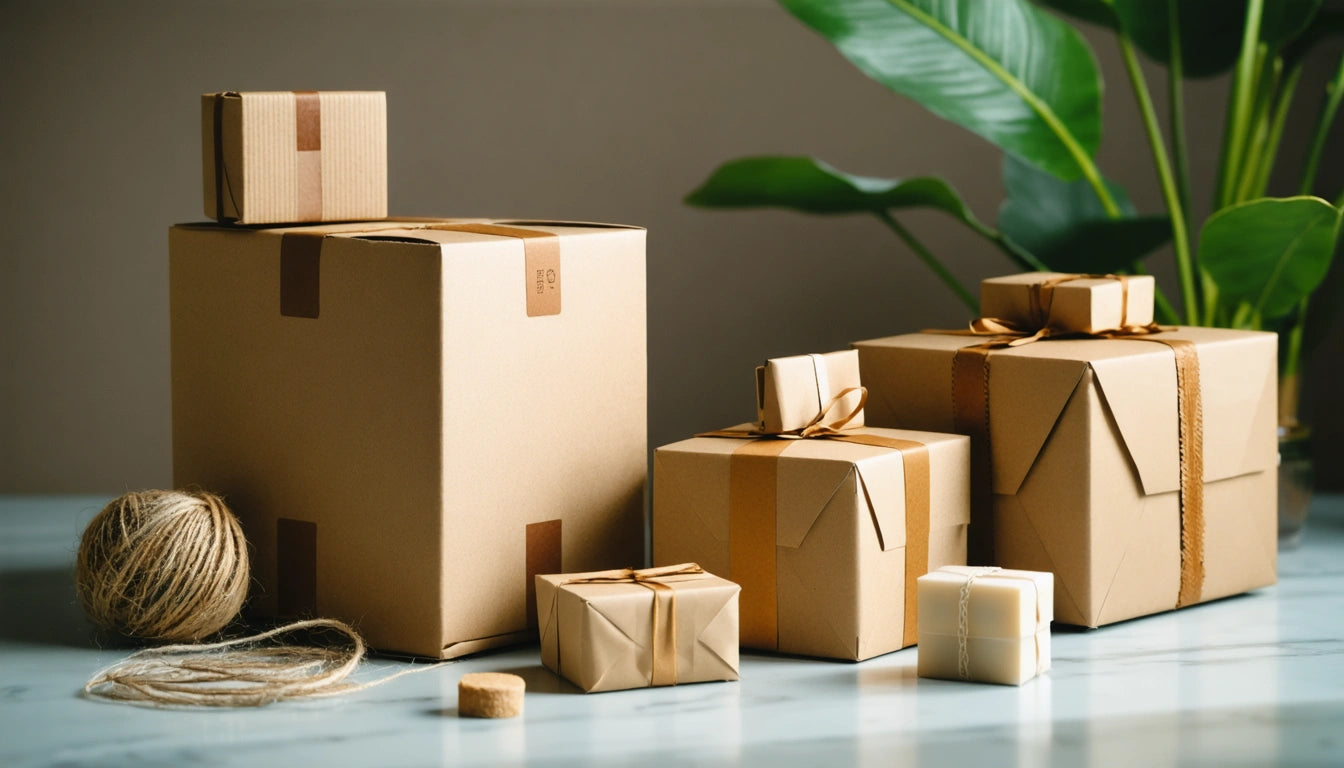Table of Contents
Using Packaging as a Tool to Reduce Product Returns
Product returns represent a significant challenge for retailers and brands, with return rates reaching up to 30% in some e-commerce categories. Beyond the obvious financial impact, returns affect customer satisfaction, operational efficiency, and environmental sustainability. Strategic packaging design offers a powerful yet often overlooked solution to this persistent problem.
Understanding the Returns Problem
Returns typically stem from three primary causes: product damage during shipping, products not meeting customer expectations, and complicated return processes. According to research on reducing returns through packaging, addressing these issues through thoughtful packaging design can decrease return rates by 15-30%.
For specialty products like cannabis, returns present additional regulatory challenges. Proper preservation using humidity control solutions can maintain product freshness and potency, significantly reducing quality-related returns.
Protective Packaging Strategies
Damage Prevention
Physical damage during transit accounts for approximately 20% of all returns. Implementing appropriate cushioning, right-sizing packages, and using durable materials dramatically reduces this figure.
Product Preservation
For perishable or sensitive products, packaging that maintains optimal conditions is essential. This includes moisture barriers, temperature-resistant materials, and specialized inserts that prevent shifting during transport.
Clarity and Communication Through Packaging
Unmet expectations drive approximately 22% of returns. Packaging that builds trust addresses this through:
- Clear product visualization through windows or accurate imagery on packaging
- Detailed specifications and usage instructions
- Honest representation of product size, color, and features
- QR codes linking to additional product information
When customers receive exactly what they anticipated, return rates naturally decline. This principle applies across industries but is particularly important for products where customer education matters.
Experience-Driven Packaging
The unboxing experience significantly influences customer perception and retention. Studies show that unboxing experiences create emotional connections that make customers less likely to return products even when they don't perfectly match expectations.
Building Emotional Connection
Thoughtful packaging elements like personalized notes, branded tissue paper, or sample products create positive associations that increase product satisfaction. These emotional connections often outweigh minor product disappointments.
Simplifying Returns When Necessary
When returns are unavoidable, return-ready packaging simplifies the process. Resealable packages, included return labels, and clear instructions reduce customer frustration and improve overall satisfaction despite the return.
Strategic Implementation for Reduced Returns
Implementing return-reducing packaging requires a systematic approach:
- Analyze current return reasons - Identify patterns in why customers return products
- Design targeted solutions - Address specific return triggers through packaging innovations
- Test with customer feedback - Validate improvements through small-batch testing
- Monitor metrics - Track return rates, reasons, and customer satisfaction
- Iterate continuously - Refine packaging based on ongoing data
For online-only brands, packaging becomes even more critical as it represents the only physical touchpoint with customers. Rethinking packaging for digital-first businesses means treating it as a crucial extension of the brand experience rather than an afterthought.
E-commerce businesses have found that investing in quality packaging yields measurable returns. Customer retention improves significantly when packaging creates positive first impressions and continues to deliver value throughout the product lifecycle.
The financial case for strategic packaging is compelling. While premium packaging may increase unit costs by 5-15%, the resulting reduction in returns often delivers net savings of 10-25% when accounting for processing costs, shipping, restocking, and potential product loss.
As e-commerce continues to grow, brands that leverage packaging as a strategic tool for reducing returns will gain competitive advantages in customer satisfaction, operational efficiency, and environmental impact. The investment in thoughtful packaging design pays dividends across the entire customer relationship.











Leave a comment
All comments are moderated before being published.
This site is protected by hCaptcha and the hCaptcha Privacy Policy and Terms of Service apply.